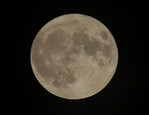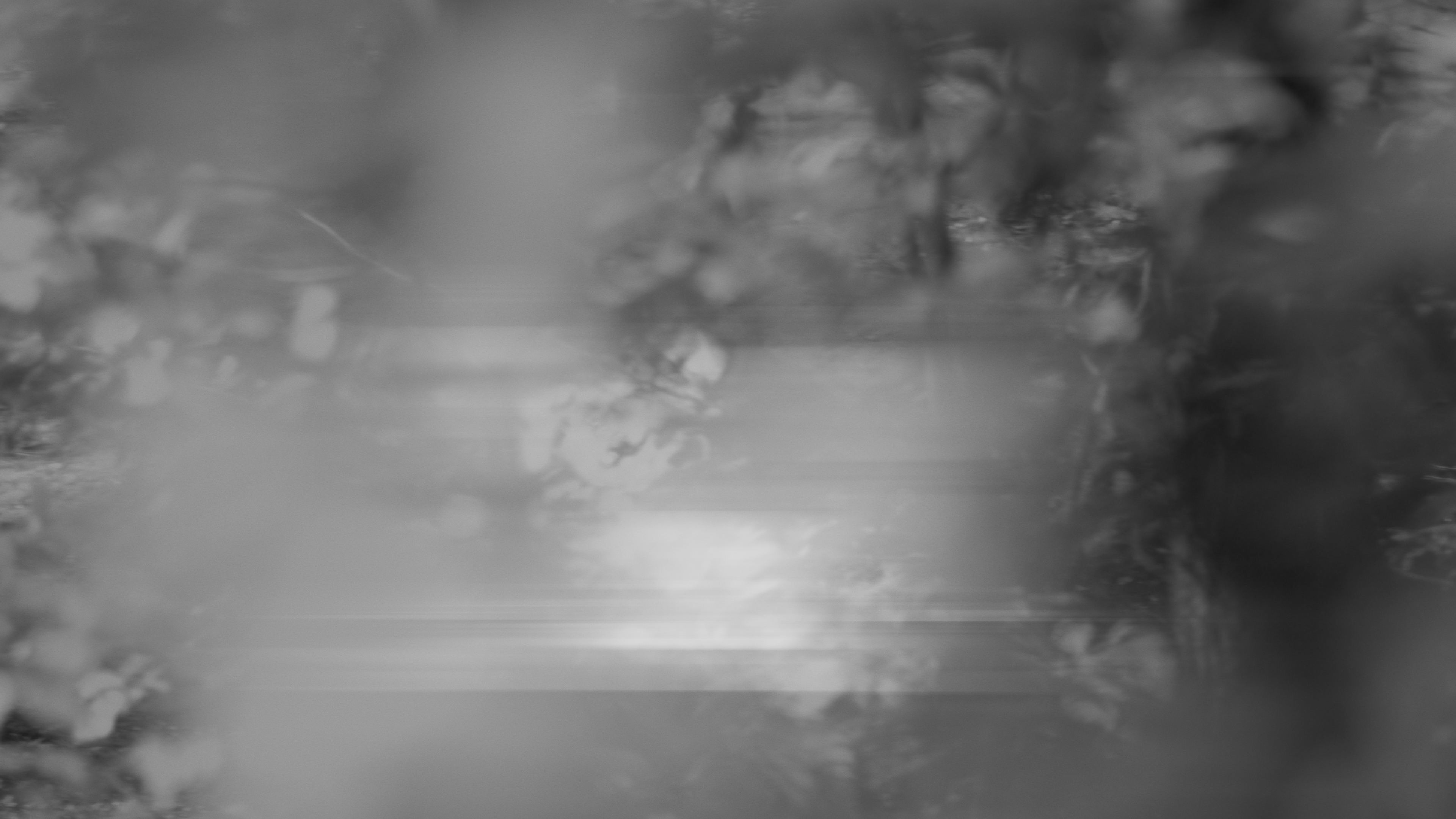
Laura Schlachtmeyer, translation and adaptation
I came across Masse Mensch on a library shelf in New York and wanted to try my hand at bringing it into English in a way that connects with today's audiences. The translation came into being in 2010 and was first performed at the late, great Manhattan Theatre Source in New York City.
Then, during the pandemic, I worked with Andrew Bellware on an absurdist virtual opera project called The Lucid Wildflowers. Bringing together puppets, live music, and recorded voices was so much fun, we wanted to tackle another project. The Masse Mensch translation came to mind, and Red Flag of the Future emerged.
Masse Mensch is structured in seven scenes that alternate between reality and dreams. We recruited a dynamite cast of singers and voice actors to record the entire musical score. Then, we decided our dreams scenes would be enacted by puppets, and our reality scenes should be brought to life by human performers.
I'm not an expert in German language or literature, though I love the language and have completed other translations from German to English, including Woyzeck by George Büchner that was also produced at Manhattan Theatre Source. Rather than a scholarly translation, I have tried with Red Flag of the Future to create a work of theater that is as alive, biting, and necessary today as when it was written, a hundred years ago.
Andrew Bellware, composer and director
Musically, the idea was to combine simple drum-machine rhythms with dramatic voices, mixing tonalities with atonality in the melodies. The music, based on the beautiful translation by Laura Schlachtmeyer, was written as chromatic melodies based on the natural English language. The melody tends to go "up" when the words go up and down when they go down. Although the score primarily uses electronic instruments, there are also some parts for percussion using found objects such as water bottles and circular saws.
We shot the scene in two parts. The first part was all of the “projections" which are upstage on the set. Those projections are entirely made of either a blank stage we created at the Hoboken MakerBar maker space in Hoboken, NJ, or with the three puppets of prison guards.
Gaylia Wagner, puppet artist
If I recall correctly, all I was asked in the beginning was if I wanted to make insect puppets.
“Who wouldn’t!” I replied.
That was pretty much the end of any design direction. It was a glorious experience.
Originally conceived as a few small insect-like creatures for The Red Flag of the Future's dream sequences, this little puppet project grew in scope over two years, eventually eclipsing everything else. In total I created twenty puppets (well, nineteen and a streetlamp.) I was inspired by John Tenniel's illustrations of the Looking-Glass Insects -- specifically the Snap-dragon-fly and the Bread-and-butter-fly -- in Lewis Carroll's Through the Looking Glass. But rather than foodstuffs, I decided the insects in RFotF evolved from refuse.
For this project, I was inspired by John Tenniel’s illustrations of the Looking-Glass Insects - specifically the Snap-dragon-fly and the Bread-and-butter-fly - in Lewis Carroll’s Through The Looking Glass. But rather than foodstuffs, I decided the insects in Red Flag of the Future evolved from refuse. All the puppets were constructed of a combination of waste, recyclables, and surplus material, and embellished with little more than masking tape and paint. Because their faces are featureless, parts of each one light up to indicate its turn to speak or sing.
Therefore, all the puppets are constructed of a combination of waste, recyclables, and surplus material. To begin, I piled objectssuch as empty plastic deli containers and aluminum beverage cans on top of each other to see how their shapes would interact, taping them for stability before adding details like legs and antennae. I had a rough idea of what each character would look like after reading the script, but refined my designs to better reflect the spirit of each after hearing the vocal tracks. The character of The Guide changed the most significantly, becoming squatter and more deformed to better fit the stylings of the voice actor. The details of each puppet give some indication of its character's status within society, and give a nod to the period in which the original play was written. They're embellished with little more than masking tape and paint, the idea being the insects would have been able to add that themselves.
Let me be clear, I am a visual artist, NOT a puppeteer, therefore I devised some creative solutions to compensate. The faces are deliberately featureless, so LED lights in part of each puppet illuminate to indicate when it is speaking or singing. The director requested the puppets to be operated from above, so a system of dowel rods and plastic connectors attaches to a bracket on the back of each puppet, allowing for overhead operation by the puppeteers. I'd be remiss if I didn't take this opportunity to thank our lead puppeteer Ben for his incredible skill in bringing my creations to life, regardless of these design foibles.
As for the streetlamp, if you have to ask, you haven’t been to Narnia lately.
Ben Stansbery, head puppeteer
While "meeting" the puppets the night before the shoot wasn't unusual, it did present some unique challenges. I already had a basic understanding of the operation of each puppet from reference materials, so I focused on finding ways to make them expressive and see how they looked moving through our set.
Probably the most important advice I shared with my puppeteers was to keep the puppets moving and reacting even if they weren't a featured speaker, which gave them the freedom to experiment and make conscious acting choices. An easy mistake is to treat the puppet solely as a prop, when they really occupy an odd middle ground between actor and prop. They should be operated from an actor's mindset, making choices to create the illusion of independent life, but their fabricated nature means they can be physically and visually expressive in nonhuman ways.
This makes puppets uniquely suited to this project's German Expressionism aesthetic, an art form where sets and props are already visually heightened to reflect the emotions and themes of the text. You can contort an actor's features or warp your sets to portray the ideas of this art style, but a puppet can be Expressionism fully realized.
